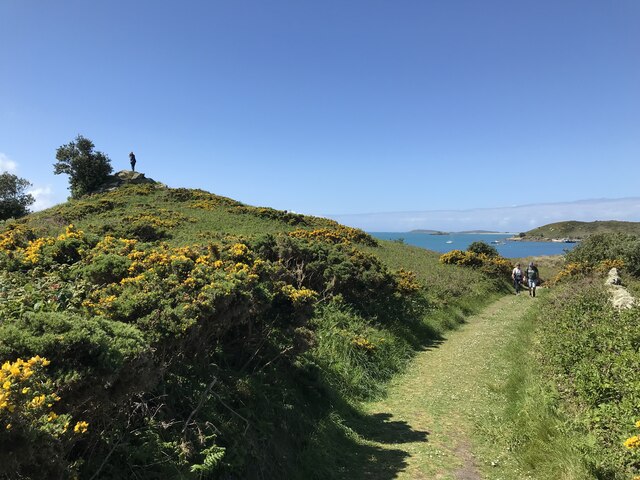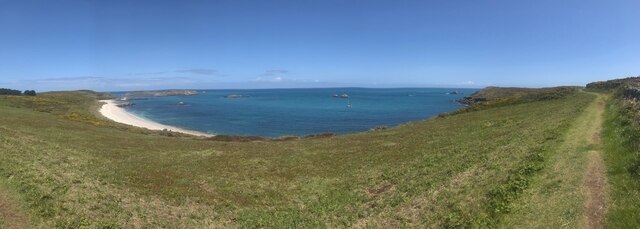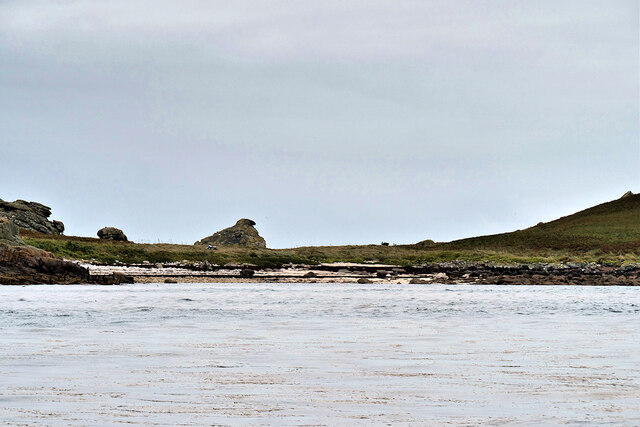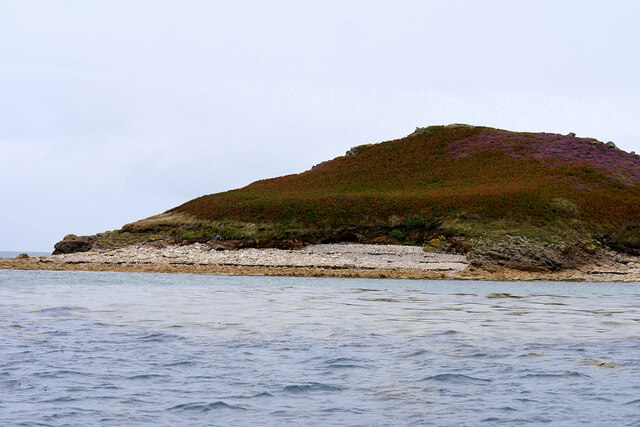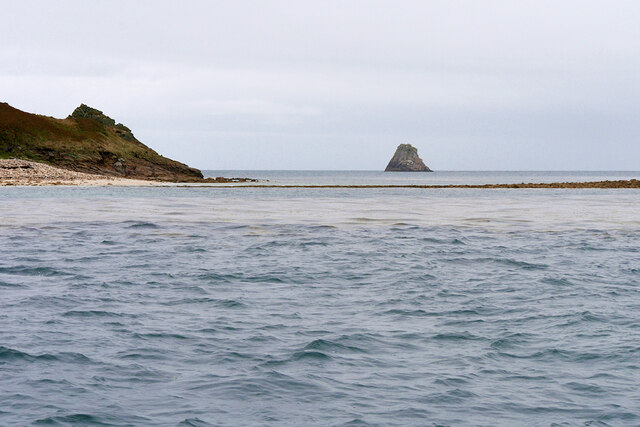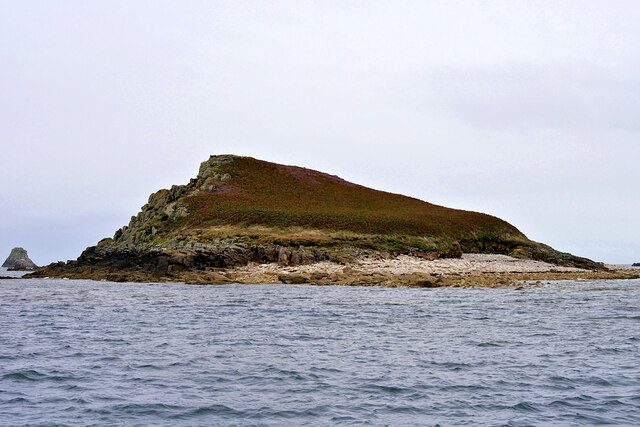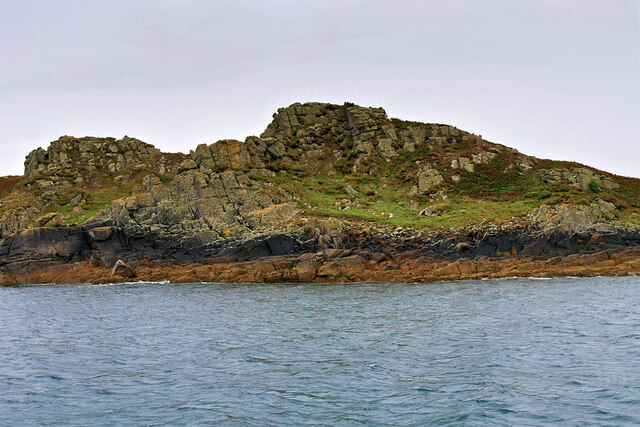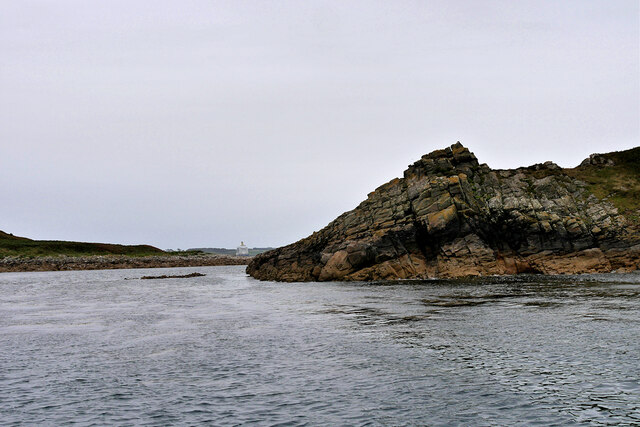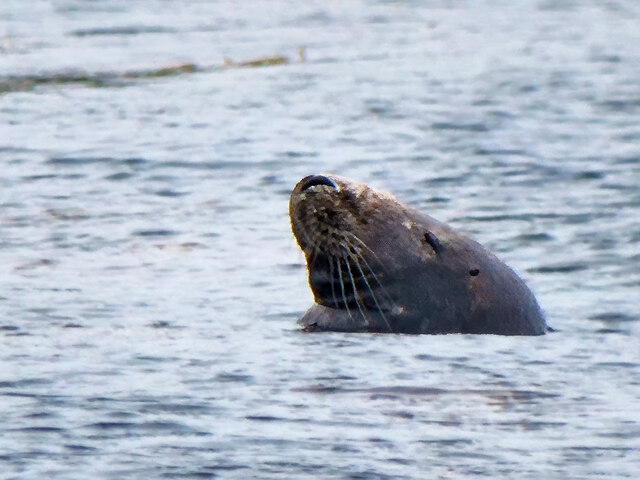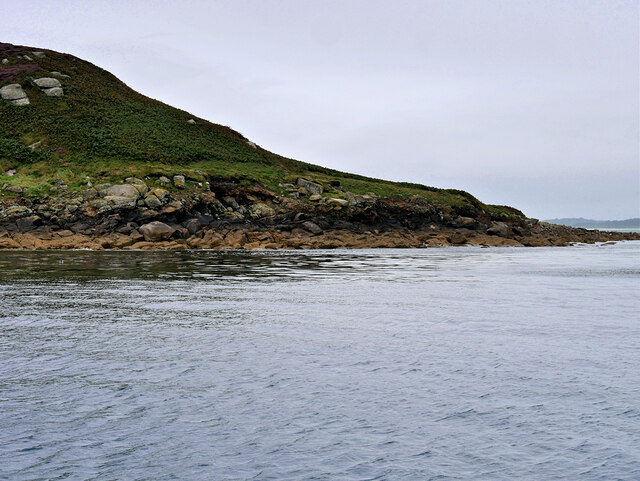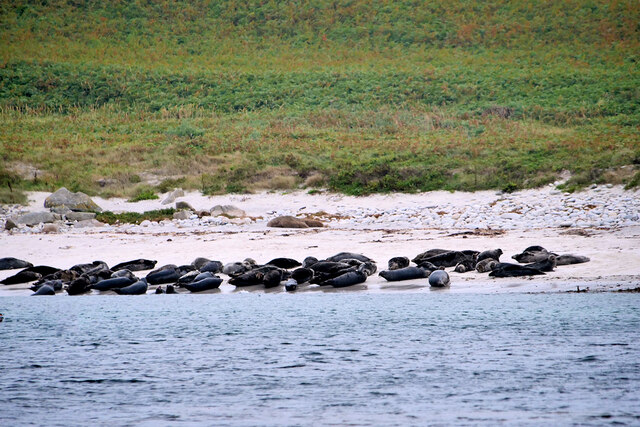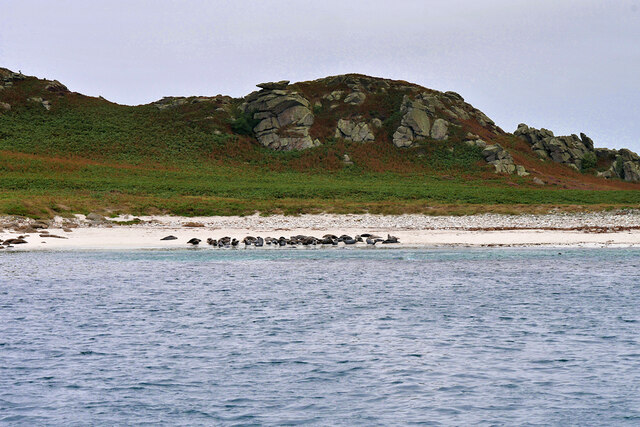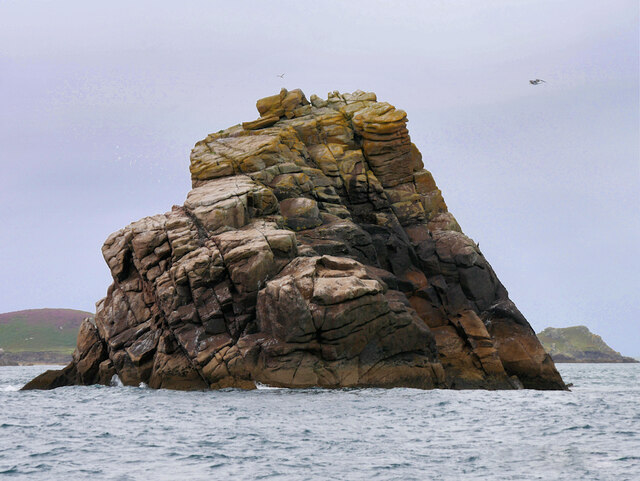St Martin's Head
Coastal Feature, Headland, Point in Cornwall
England
St Martin's Head
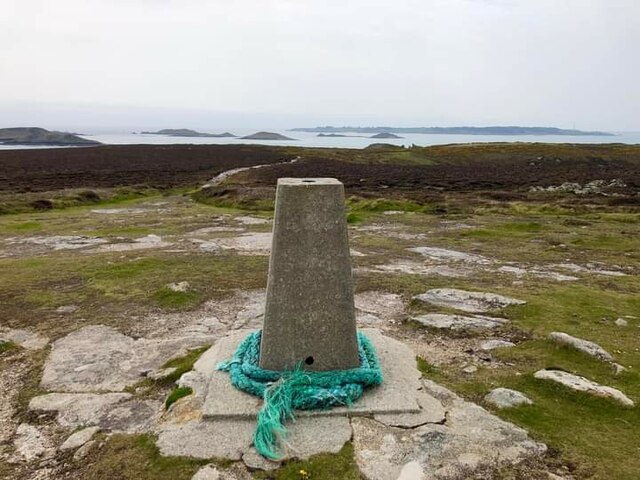
St Martin's Head is a prominent headland located on the southern coast of Cornwall, England. It is situated approximately 3 miles east of Lizard Point, which is the southernmost point of mainland Great Britain. This coastal feature is known for its stunning natural beauty and its significance as a navigational landmark.
The headland is characterized by its rugged cliffs, which reach heights of up to 100 meters above sea level. These cliffs provide breathtaking views of the surrounding coastline and the vast expanse of the Atlantic Ocean. The area is also dotted with numerous sea caves and rock formations, adding to its scenic appeal.
St Martin's Head is a popular destination for outdoor enthusiasts and nature lovers. The headland offers several walking trails that allow visitors to explore its diverse natural habitats, including heathland, grasslands, and coastal scrub. These habitats support a wide range of plant and animal species, including rare and protected ones.
In addition to its natural beauty, St Martin's Head is of historical and cultural importance. The headland is home to an ancient chapel dedicated to St Martin, which dates back to the 12th century. This chapel has been a place of worship for centuries and attracts pilgrims and tourists alike.
Overall, St Martin's Head is a stunning coastal feature that offers a unique combination of natural beauty, cultural heritage, and recreational opportunities. Whether it is for a leisurely walk along the cliffs, a visit to the historic chapel, or to simply take in the breathtaking views, this headland is a must-see destination for anyone visiting Cornwall.
If you have any feedback on the listing, please let us know in the comments section below.
St Martin's Head Images
Images are sourced within 2km of 49.966365/-6.266109 or Grid Reference SV9416. Thanks to Geograph Open Source API. All images are credited.
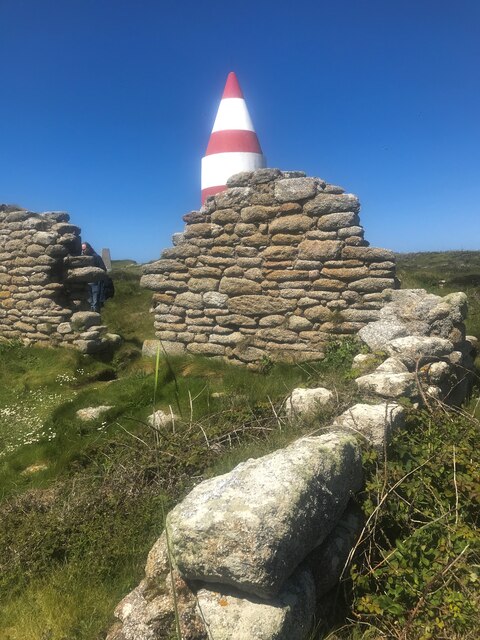
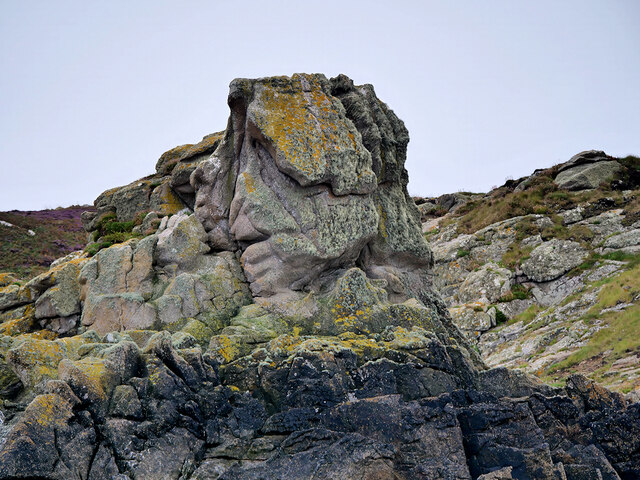
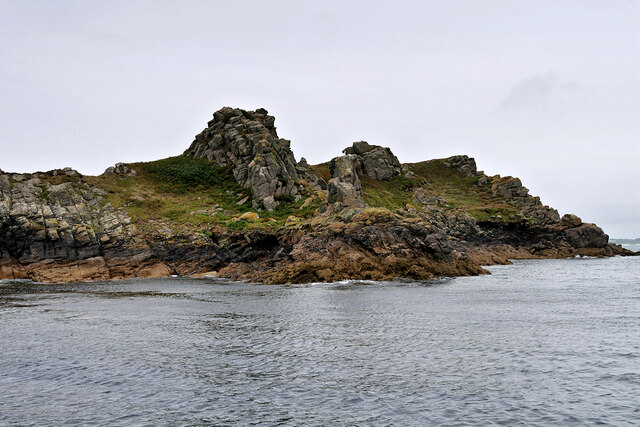
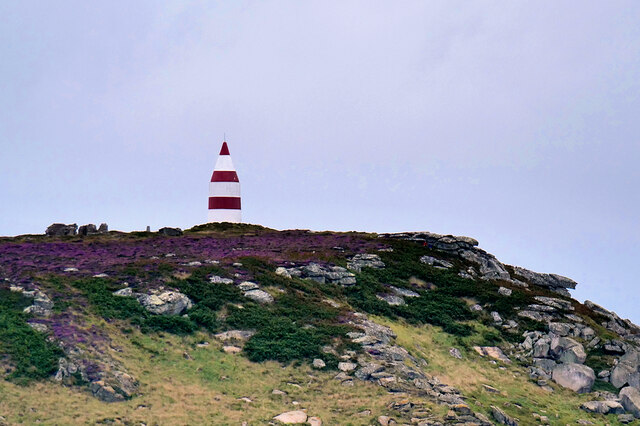
St Martin's Head is located at Grid Ref: SV9416 (Lat: 49.966365, Lng: -6.266109)
Division: Isles of Scilly
Unitary Authority: Isles of Scilly
Police Authority: Devon and Cornwall
What 3 Words
///couches.rejoins.buzzards. Near St Martin's, Isles of Scilly
Nearby Locations
Related Wikis
PS Earl of Arran (1860)
PS Earl of Arran was a passenger vessel operated by the Ardrossan Steamboat Company from 1860 to 1871 and the West Cornwall Steam Ship Company from 1871...
St Martin's Church, St Martin's
St Martin's Church, St Martin's is a Grade II listed parish church in the Church of England located in St Martin's, Isles of Scilly, UK. == History... ==
Higher Town, Isles of Scilly
Higher Town (Cornish: Trewartha) is the easternmost and largest settlement on the island of St Martin's in the Isles of Scilly, England. It is situated...
St Martin's Methodist Church, Isles of Scilly
The Methodist Church, St Martin's, Isles of Scilly is a Grade II listed chapel in St Martin's, Isles of Scilly. == History == Bible Christians arrived...
Nearby Amenities
Located within 500m of 49.966365,-6.266109Have you been to St Martin's Head?
Leave your review of St Martin's Head below (or comments, questions and feedback).
